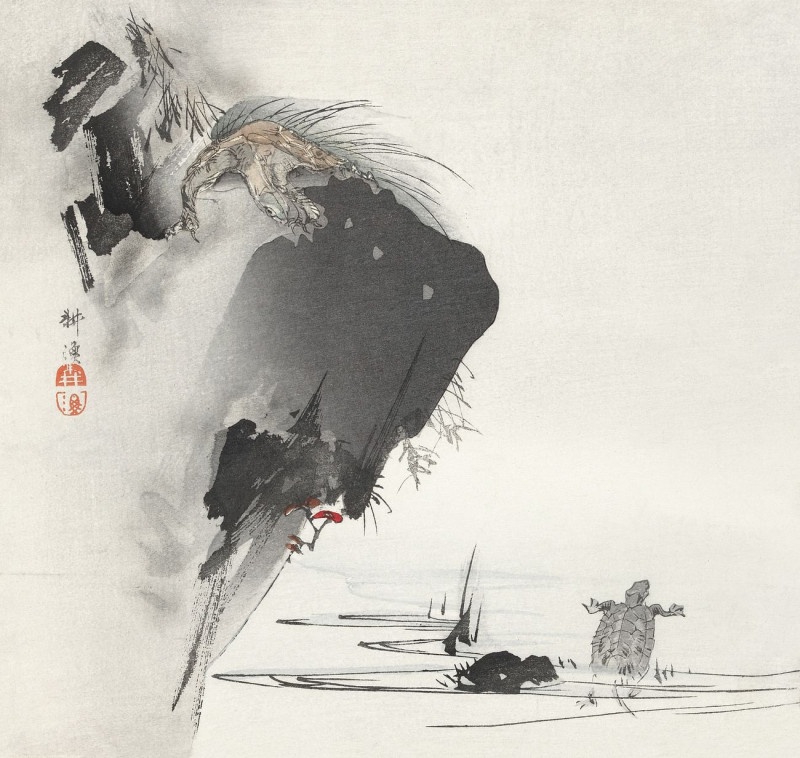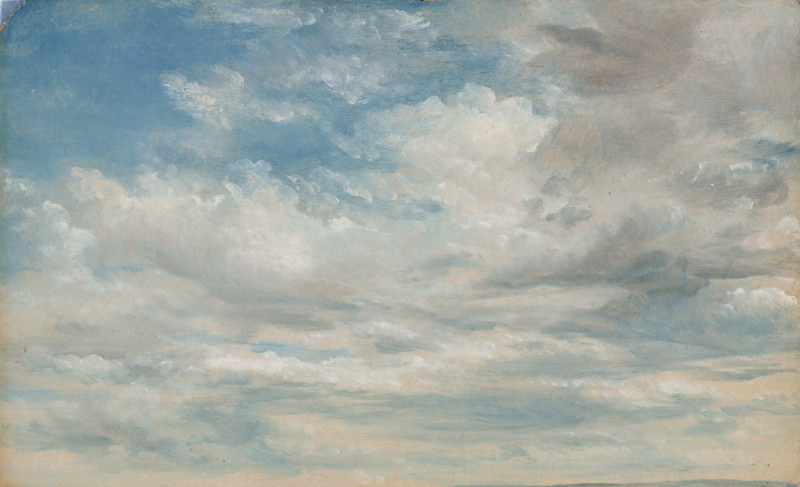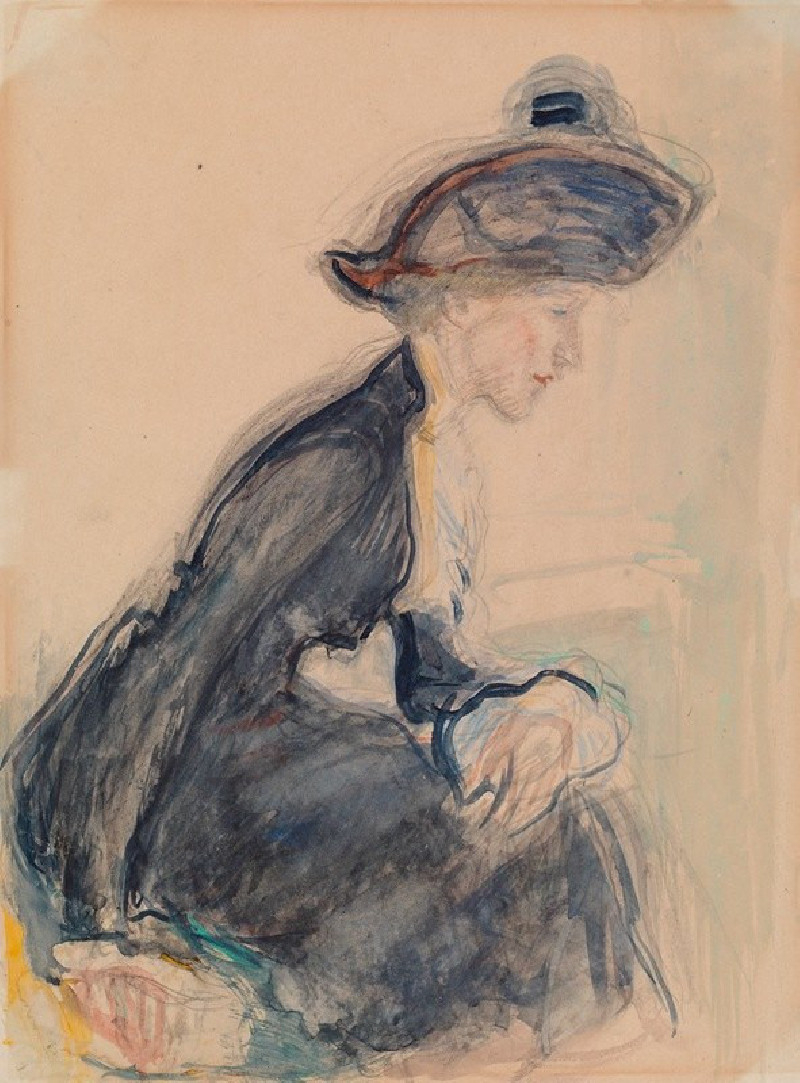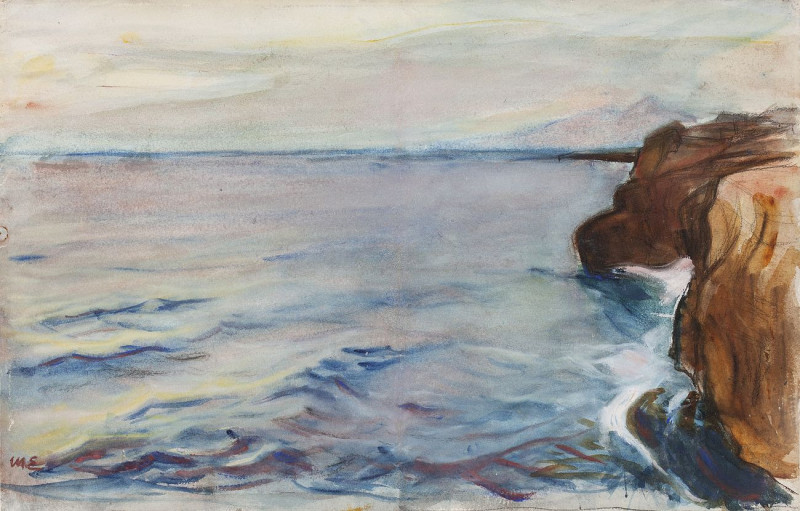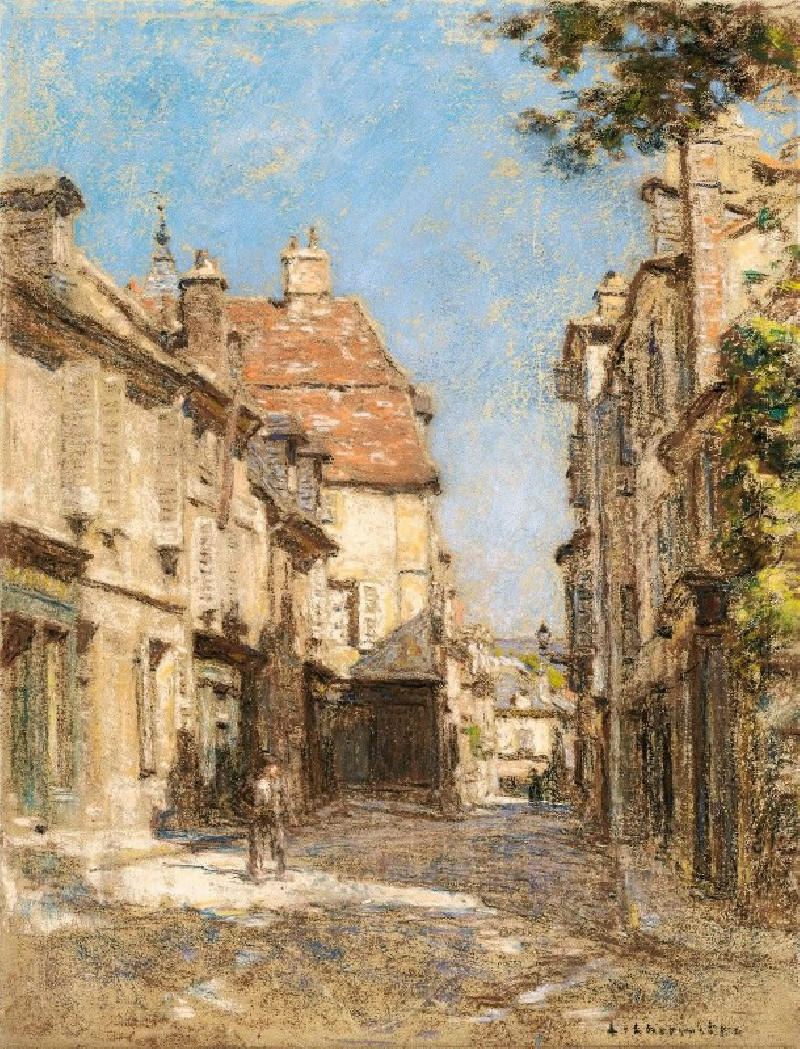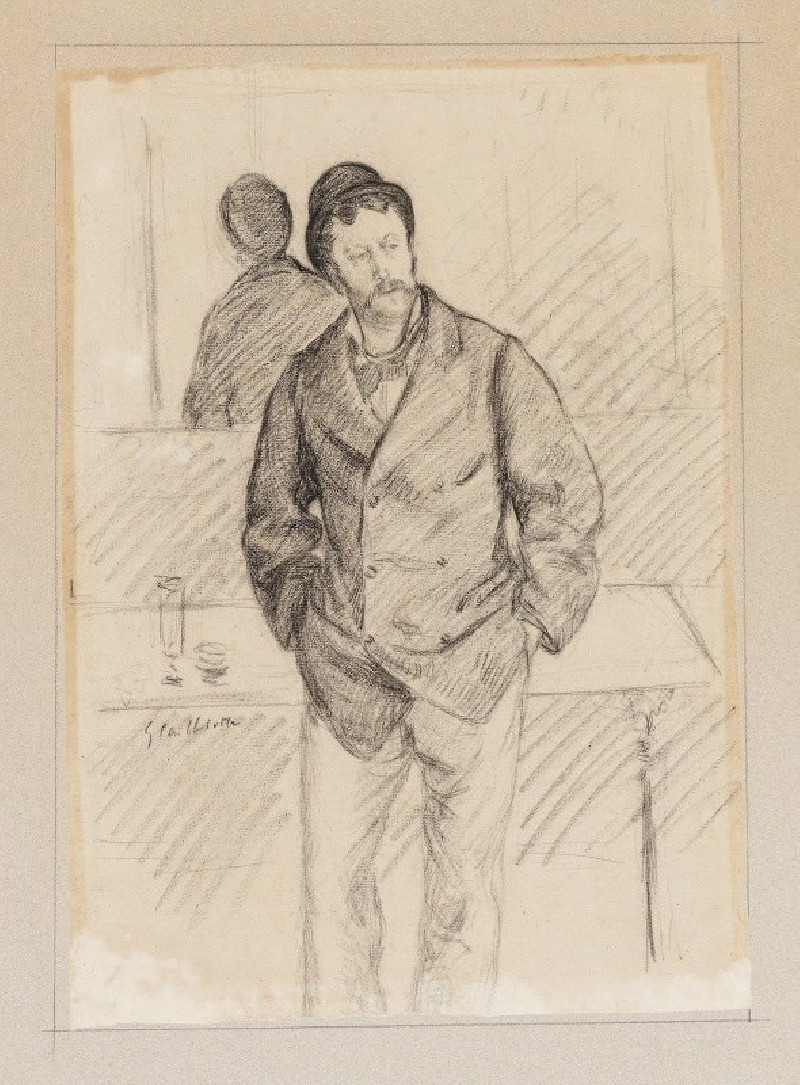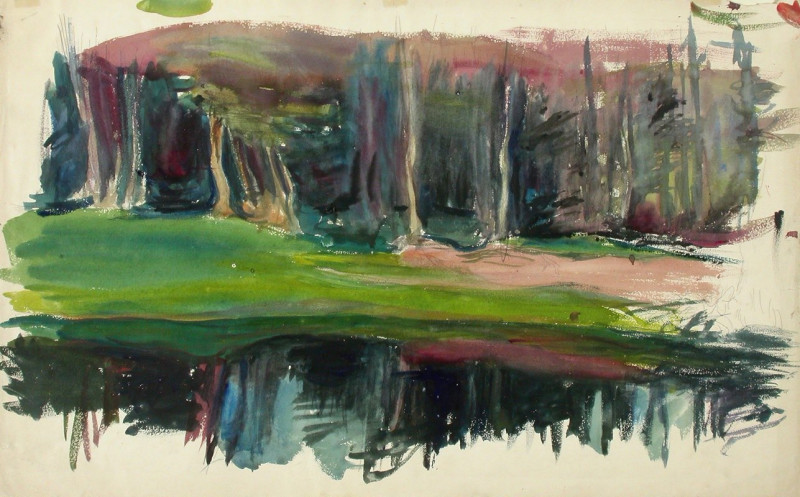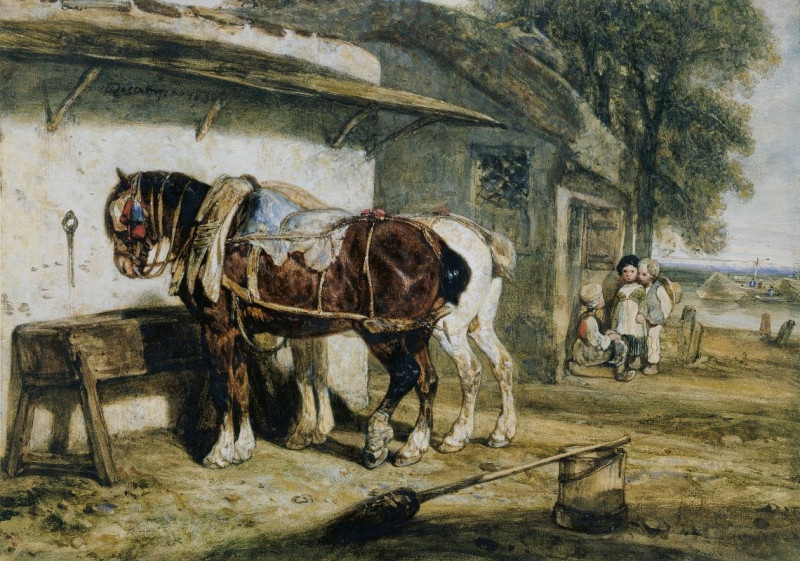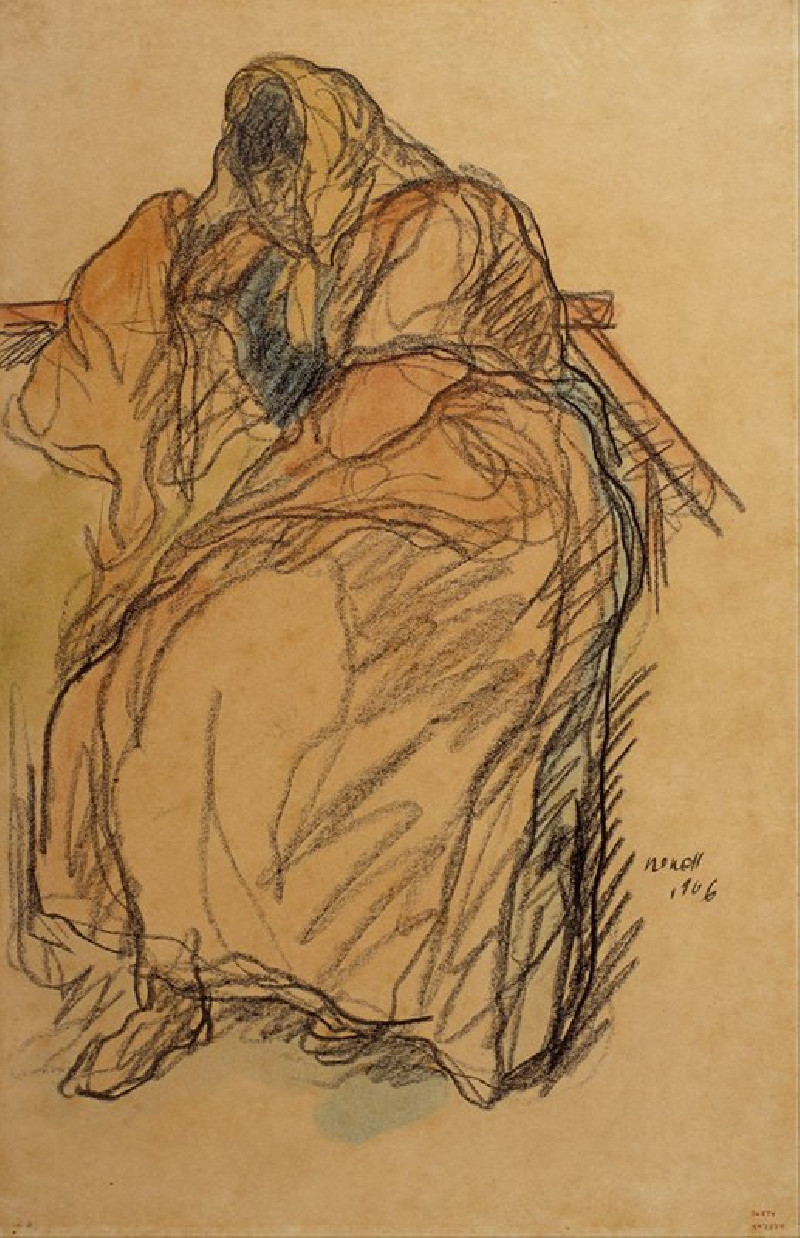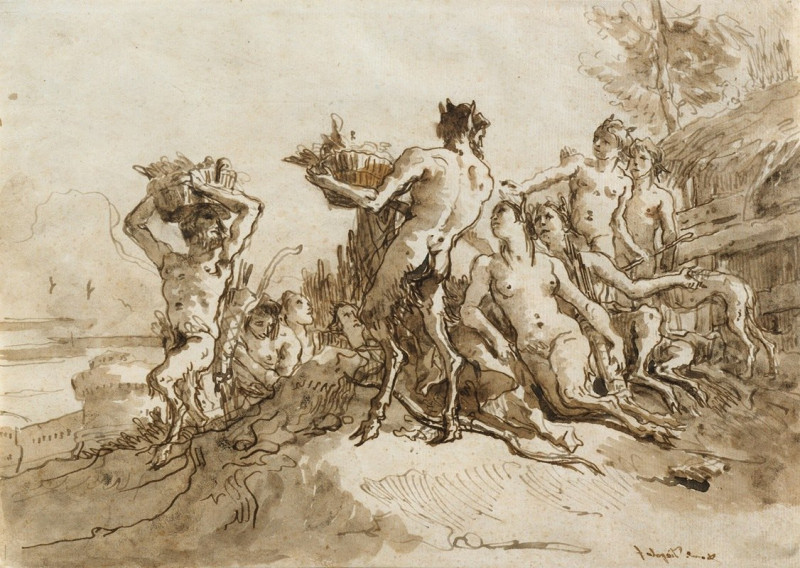Und Pippa tanzt (1924)
Technique: Giclée quality print
Recommended by our customers
More about this artwork
Ernst Ludwig Kirchner's *Und Pippa Tanzt* is a vibrant and expressive work, encapsulating the dynamic movements and emotional intensity of a lively dance scene. Created in 1924, this painting is an excellent example of Kirchner's bold use of color and form, characteristics that define his contribution to the Expressionist movement.In the painting, a woman, presumably Pippa, is at the center, dancing fervently, clad in a striking yellow and red dress that flows with her movements. Around her, various figures observe and engage in the scene; their features exaggerated and rendered with swift, angular lines that convey a sense of urgency and motion. The backdrop and the figures are sketched with a vigorous, almost chaotic stroke, mirroring the tumultuous nature of the social gathering.Kirchner’s use of color dramatizes the scene further - splashes of reds, yellows, and blacks create a sensory overload, enhancing the visual rhythm of the dance. The figures surrounding Pippa, with their distorted forms and caricature-like faces, contribute to a vivid portrayal of a moment caught in time, where every emotion and movement is amplified.*Und Pippa Tanzt* thus serves not just as a depiction of a dance, but as an emotional landscape, exploring themes of joy, communal interaction, and perhaps the individual expression against the backdrop of collective scrutiny.
Delivery
Returns
Ernst Ludwig Kirchner (1880–1938) was one of the most important German Expressionist painters. He was a co-founder of Die Brücke, a group of German expressionist artists formed in Dresden in 1905. Die Brücke and Kirchner took inspiration from Vincent Van Gogh and Edvard Munch, as well as African and Oceanic art. They used woodblock printing as a medium to showcase their signature style: flat, unrealistic images with vivid colors. The recurring themes in Kirchner's artworks included exotic cultures, faraway landscapes, self-portraits, dancers and Berlin street life. His paintings and prints effectively portrayed non-European cultures despite the fact that he never traveled outside of Europe.

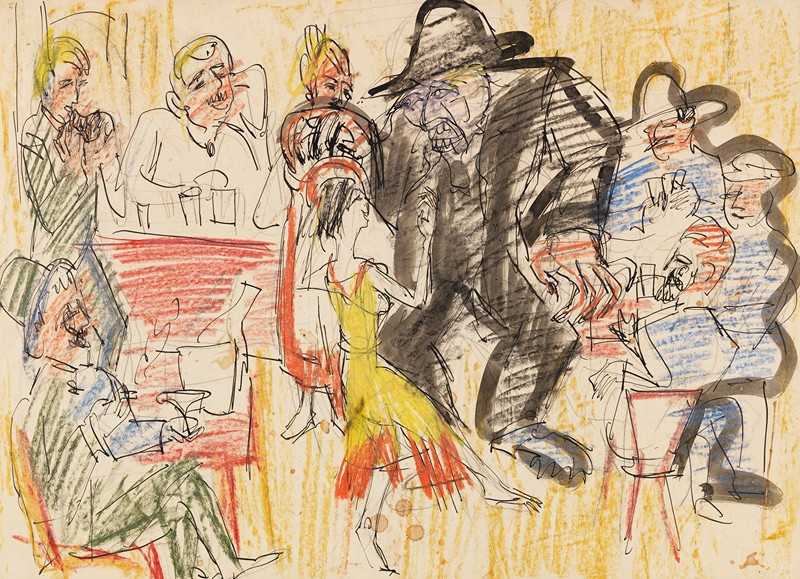






























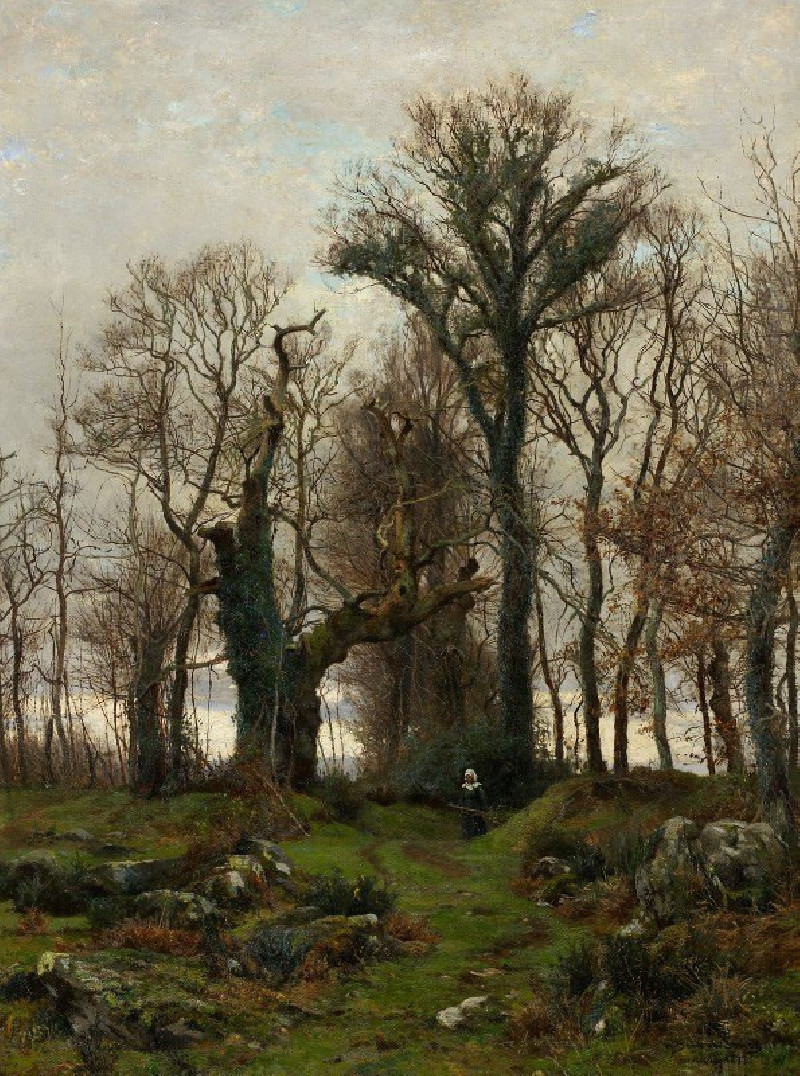
![Moorshedabad [Murshidabad] reproduction of painting by Samuel Davis. ALL GICLEE PRINTS](https://reprodukcijos.lt/44910-large_default/reproduction-of-moorshedabad-murshidabad.jpg)
